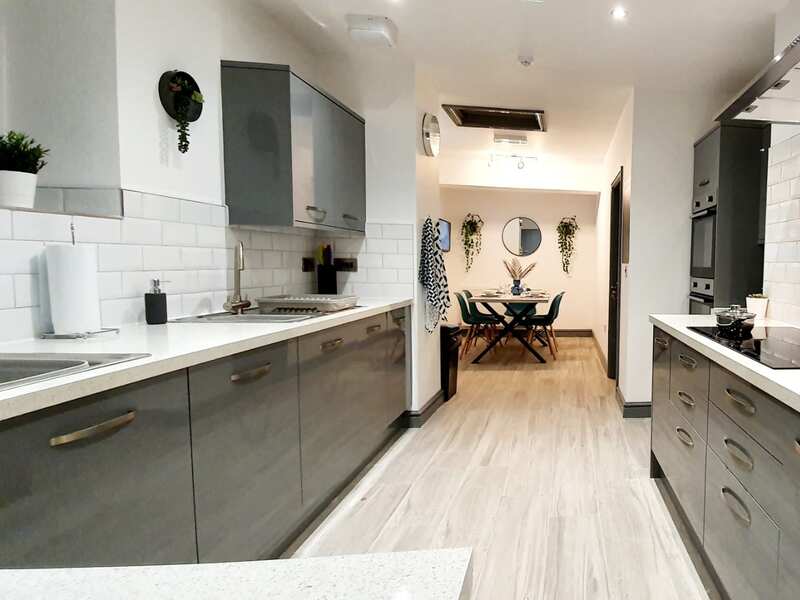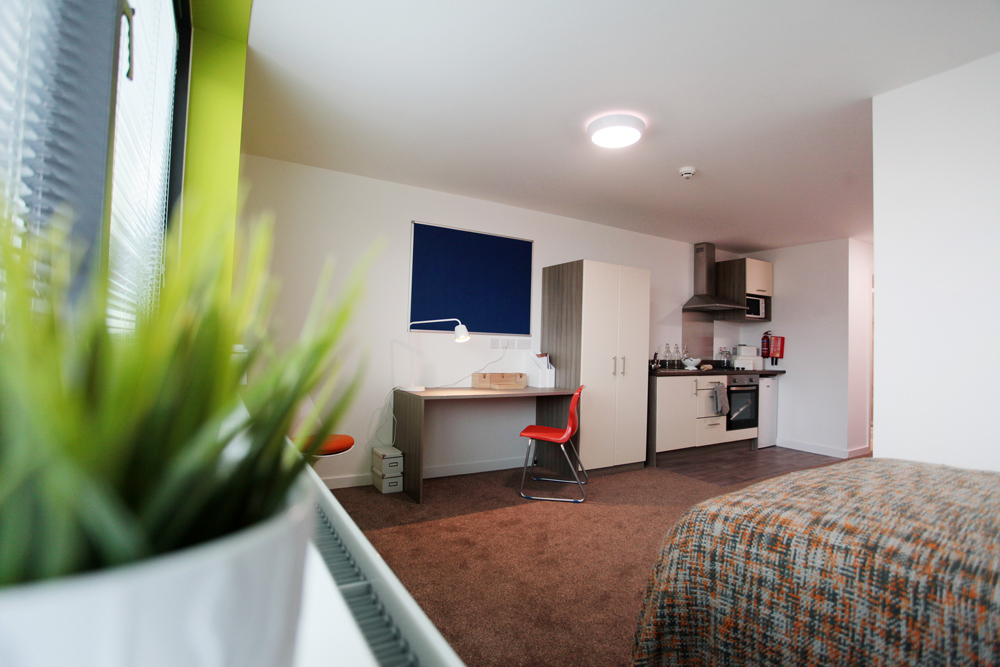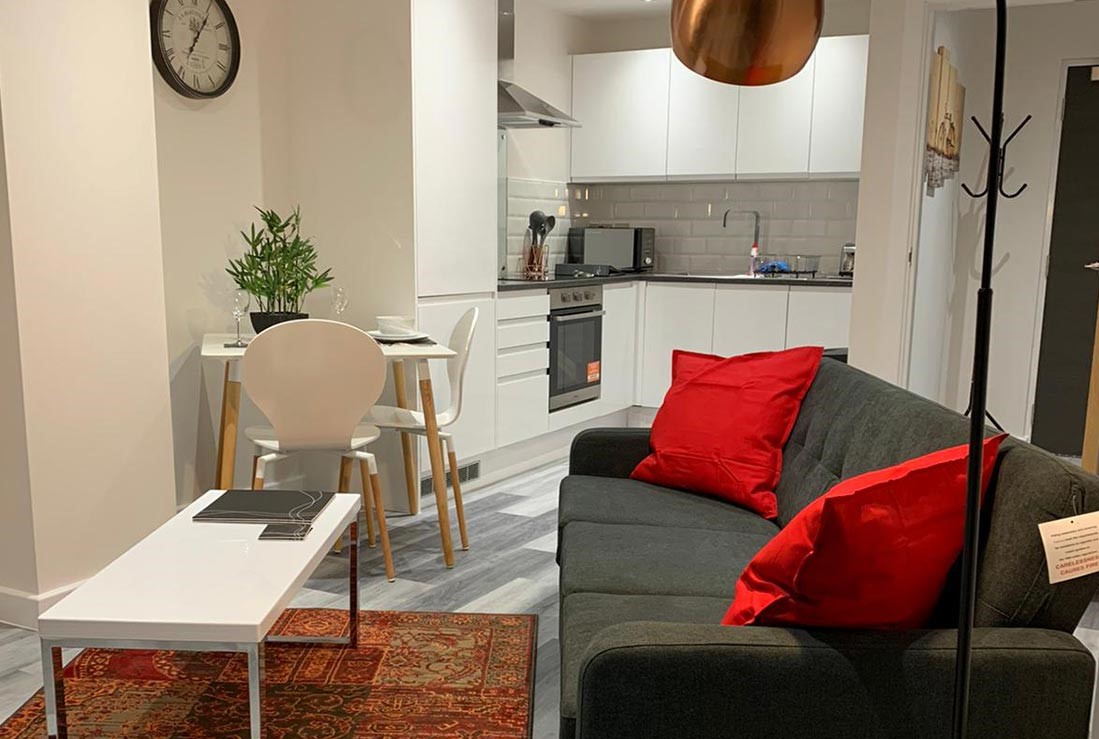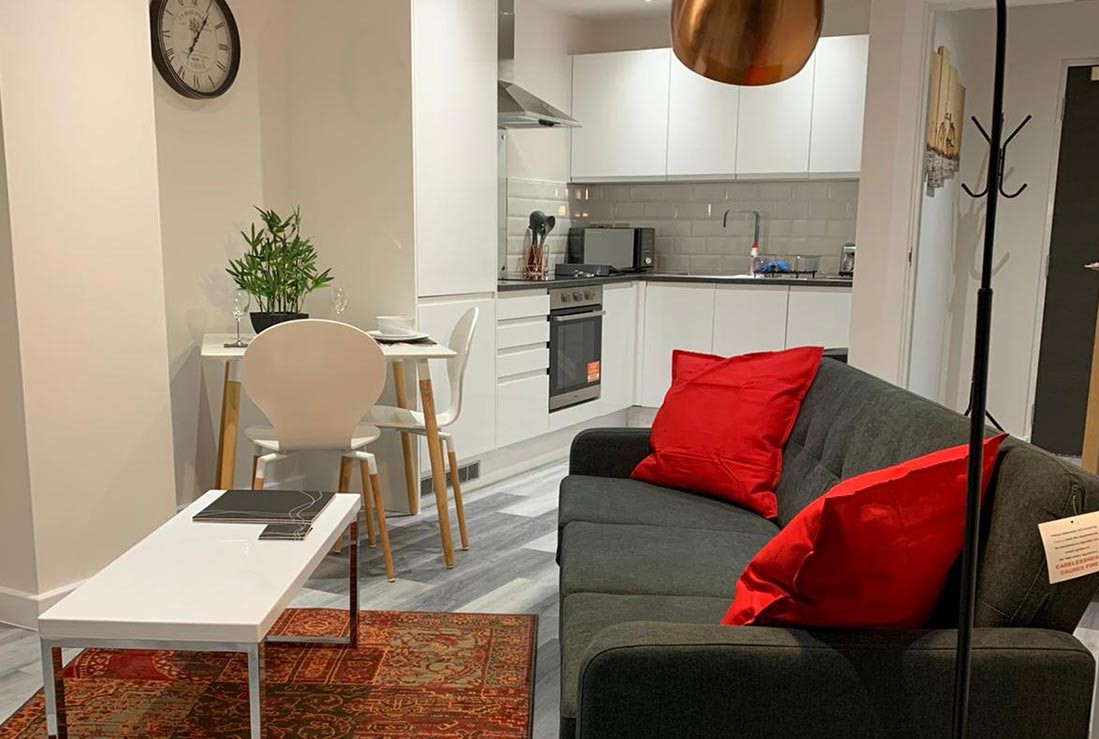
What do you need to consider when selling your HMO property? Our comprehensive guide will help you plan and prepare, giving you the best chance of securing a successful sale.
Read Article
The Crown Works is a superb new collection of one and two-bedroom apartments, perfectly located in the heart of the increasingly popular Burton-on-Trent region.
Read Article
In recent years, we’ve seen a considerable shift within the traditional HMO property market in the UK. Increasing numbers of more discerning tenants are now looking towards higher specification or ‘Professional’ HMOs and co-living properties.
Read Article
If you’re considering investing in student accommodation in the UK, and would like to find out more information including the pros and cons, as well as a detailed overview of the leading student locations in 2023, then check out our Comprehensive Guide To Student Property Investment In 2023.
Read ArticleOverlooking the waters of the iconic River Thames, the stunning new Tower 5 development at Upper Riverside Greenwich Peninsula is designed to cater for the huge demand for high-quality accommodation in central London. Just minutes from the commercial centers of Canary Wharf and the Square Mile, Upper Riverside looks set to raise the bar for luxury apartments on the Greenwich Peninsula.
Read Article
Four new student studios for sale in the heart of Liverpool city centre. Two rooftop penthouses, and two deluxe studios for sale from just £60,000. Hands free, and fully tenanted student investment properties.
Read Article
A report released today by the Paragon Bank has shown that the numbers of middle aged households privately renting has increased by over 70% in the past decade.
Read Article
X1 Cheltenham Place is a stunning new development in Manchester. designed to cater for the growing demand for rental accommodation from students and young professionals throughout the area.
Read Article
A report has highlighted the ‘dire’ situation facing students seeking accommodation during their students in Manchester this year. The report, released by StuRents stated that there were over 4,000 more students than available rooms in the city this year.
Read Article
A new report by Urbanbubble has shown that rents throughout Manchester have increased by an average of 15.8% over the course of the past 12 months. A major undersupply of rental stock throughout the city has resulted in sustained increases in rents in Manchester and throughout the surrounding areas.
Read Article
How can I sell my tenanted buy to let property is one of the most commonly asked questions by our investors. We explore the options open to today’s landlords, and discuss how we now work with investors to sell their tenanted properties.
Read Article
With almost 4.5 million private rented properties in the UK, it’s understandable that at some point almost every property investor will ask themselves ‘what are the advantages of selling a buy to let property with sitting tenants?’
Read Article
Are you looking to sell your tenanted property? We discuss the current methods for selling a property with tenants in situ to look at the pro’s and con’s.
Read Article
A new report released today has shown that average property prices in the UK are continuing to increase, with properties in the North West of England continuing to outperform the majority of the rest of the country.
Read Article
A new report released this week by the Nationwide Building Society have shown further evidence that the fundamentals supporting the UK property market remain strong. The figures which were collated prior to the recent Coronavirus crisis have shown an annual increase of 3% on UK property prices.
Read Article
A new report out this morning from ARLA Propertymark has shown an increased demand for rental accommodation in the UK. The data demonstrated a 25% year on year increase in tenants registering for rental accommodation.
Read Article
Our rental guarantee insurance offers our investors peace of mind by covering you for the loss of rental income. Our rental guarantee insurance is available for investors with tenants already in place.
Read Article
We take a look at the effects Brexit has had on Manchester City Centre, in particular how many people have moved to the city over the past year and the number of schemes under construction in the city centre.
Read Article
We take a look at the best performing locations for short-term lets in Liverpool, focusing on the estimated yields Landlords can expect to generate.
Read Article
There are all kinds of property-investment options available but the good news is that you can get a good idea of which one is right for you by answering a few simple questions.
Read Article